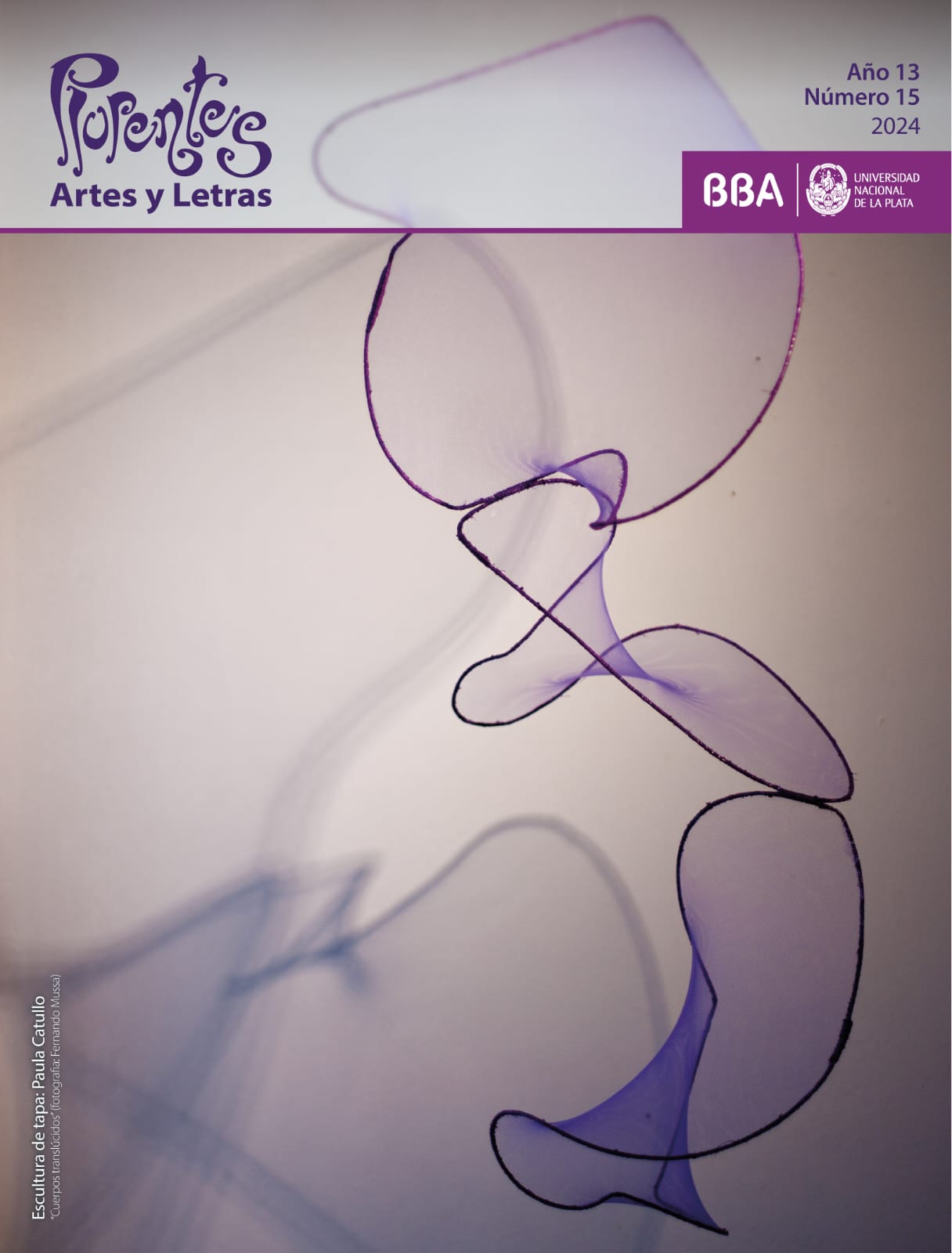Developing pragmatic competence in ELSE
Mitigation strategies in teaching Rioplatense Spanish for A1 and A2 levels
DOI:
https://doi.org/10.24215/18536212e095Keywords:
interaction, attenuation, strategies, teaching, ELSEAbstract
In this paper, we present the need to develop the strategic component in the teaching of oral communication in Spanish as a Foreign Language (ELSE) courses, focusing on attenuation, a procedure aimed at listener acceptance, with focus on politeness and pragmatic efficiency. This strategy not only modulates the message, but also facilitates more effective and harmonious communication, especially in multicultural and foreign language learning contexts. We propose activities that promote awareness of the importance of attenuation strategies in the daily practice of conversation for A1 and A2 Spanish level classes.
Downloads
References
Bravo, D. (1999). ¿Imagen positiva vs. imagen negativa? Pragmática socio-cultural y componentes de face. Oralia, 2, 155-184.
Briz, A. (1998). El español coloquial en la conversación. Ariel.
Briz, A. (2003). La estrategia atenuadora en la conversación cotidiana española. Repositorio ASICE-Programa EDICE, 17-46. https://doi.org/10.17710/repo.bravo2003.2019.1briz
Brown, P. y Levinson, S. (1987). Politeness. Some universals in Language. CUP.
Escandell Vidal, V. (1983). Introducción a la pragmática. Ariel.
Hãggkvist, C. y Fant, l. (2000). El intercambio de opiniones en conversaciones intra e interculturales. Oralia, 3, 95-111.
Haverkate, H. (1994). La cortesía verbal. Gredos.
Piatti, G. (2001). La atenuación en conversaciones entre estudiantes argentinos. Revista Moderna Sprak, 95(2), 210-221.
Tannen, D. (1998). Talking voices: repetition, dialogue, and imagery in conversational discourse. Cambridge University Press.
Tannen, D. (2005). Conversational style: Analyzing talk among friends. Oxford Academic.
Published
How to Cite
Issue
Section
License
Copyright (c) 2024 Cintia Cristini, Guillermina Piatti

This work is licensed under a Creative Commons Attribution-NonCommercial-ShareAlike 4.0 International License.
Acorde a estos términos, el material se puede compartir (copiar y redistribuir en cualquier medio o formato) y adaptar (remezclar, transformar y crear a partir del material otra obra), siempre que a) se cite la autoría y la fuente original de su publicación (revista y URL de la obra), b) no se use para fines comerciales y c) se mantengan los mismos términos de la licencia.





















